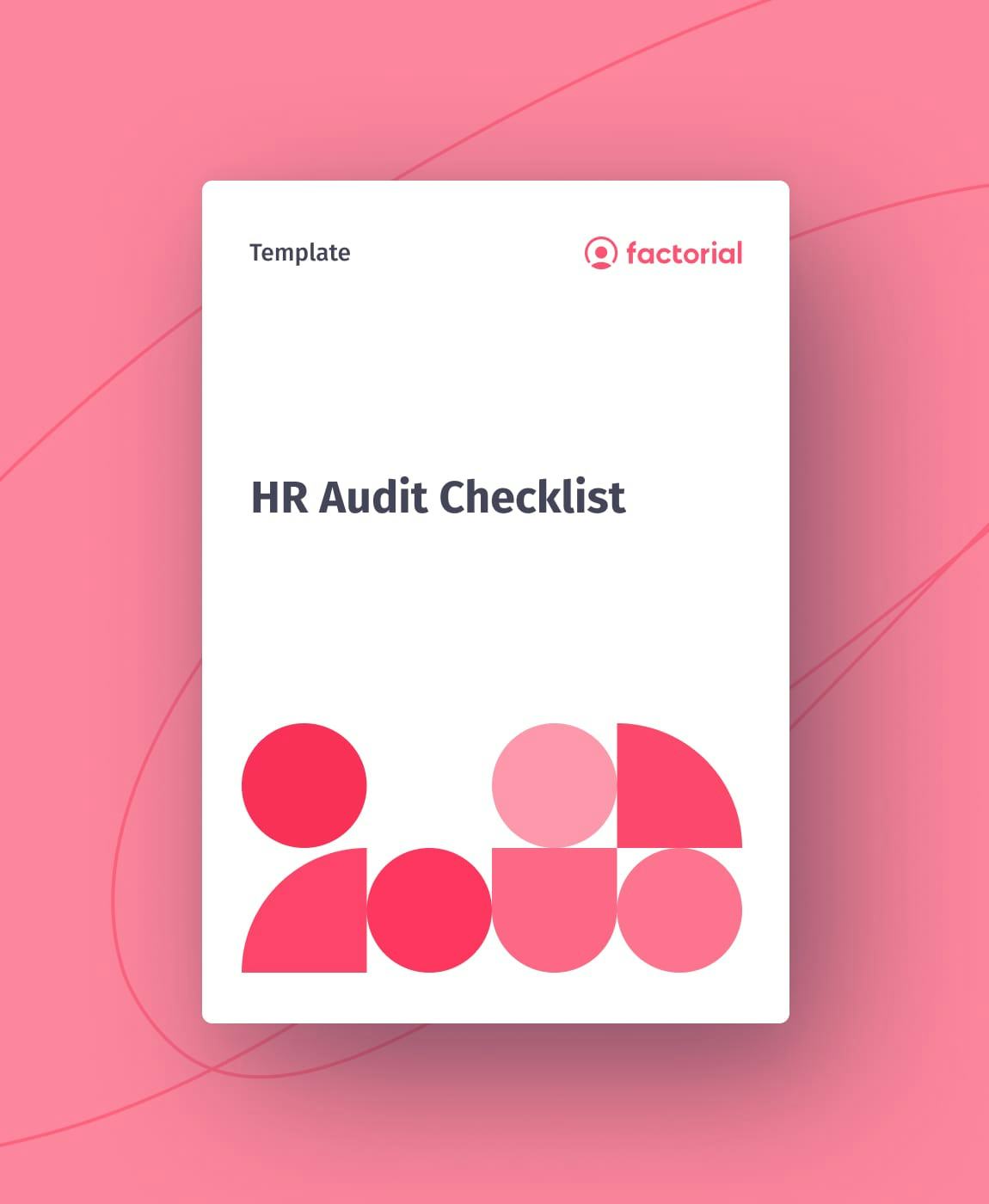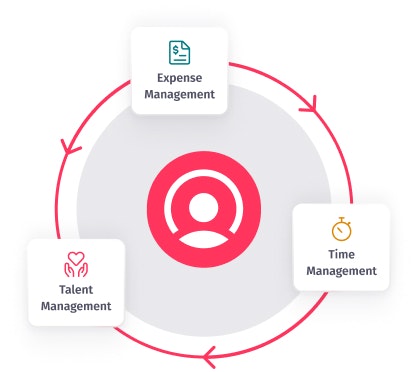HR Audit Checklist
Use Factorial’s compliance audit checklist to help you plan your HR audit and stay updated with what’s happening in your company.
An audit may seem daunting, but it doesn't have to be. An HR audit can save your company resources, create a certain level of trust, and help prevent unwanted risks and accidents.
Our free and easy-to-use PDF HR checklist will help focus your internal audit of HR and company processes into the key areas. To receive your free HR audit checklist, simply fill in the form, and we’ll send you an email with the downloadable PDF!

About Our HR Audit Checklist (PDF)
This internal audit checklist for HR department (PDF) includes sections relating to the following:

What is an HR audit?
An HR audit is a comprehensive review and evaluation of an organisation's human resources policies, practices, and procedures. It assesses compliance with legal regulations, internal policies, and industry best practices. The audit examines areas such as recruitment, employee relations, training, and record-keeping to ensure alignment with organisational objectives.
Why is an HR audit important?
An HR audit aims to ensure your HR team is compliant and efficient to avoid minor problems becoming costly legal issues. Although their primary objective is identifying risk, the HR audit process can also reveal what an HR department is doing well.
A regular HR audit (i.e. one human resource audit yearly) is advisable considering how quickly things can change. You might want to focus on the following areas:
- Recruitment and hiring practices
- Onboarding
- Management
- Training and Development
- Employee Relations
- Performance
- Strategic Planning
- Documentation
- Best Practices
- Compliance with Laws and Regulations
A compliance audit checklist is a simple way to ensure you don't miss any of these! Or, you can use an HR reporting tool like Factorials to gather deep insights on each of these organisational aspects in one place by centralising your HR processes. This allows you to make well-informed, data-based decisions regarding your organisation.
How to conduct an HR audit
Follow these steps to conduct an HR audit:
- Define audit objectives, outlining scope, and assembling a diverse audit team. You can use an hr audit checklist to help you.
- Review policies, procedures, and legal compliance, ensuring alignment with industry standards.
- Evaluate employee records for accuracy and completeness, assess recruitment, training, and performance management processes, and solicit employee feedback through surveys or interviews to gauge workplace satisfaction.
- Identify areas of non-compliance, inefficiency, or improvement. Generate a comprehensive report outlining findings, recommendations, and an action plan.
- Implement corrective measures and regularly revisit the audit process.
How can I run a compliance HR audit?
Follow these steps to run a compliance HR audit:
